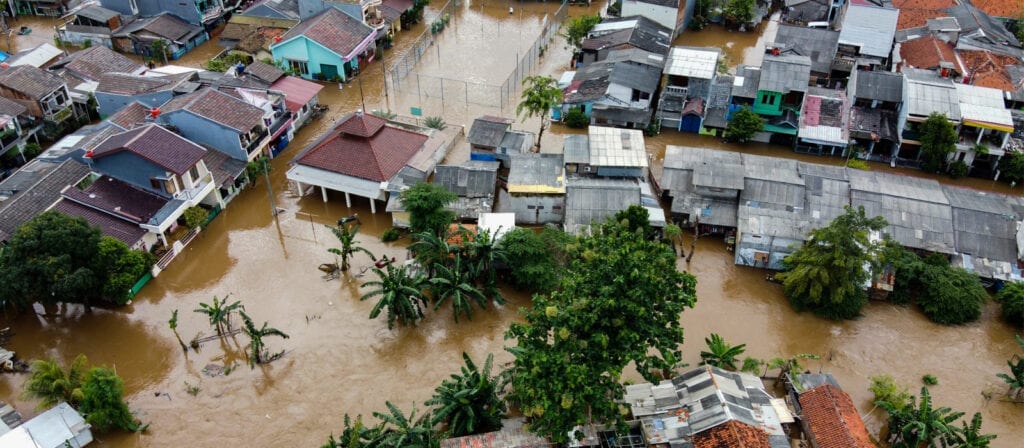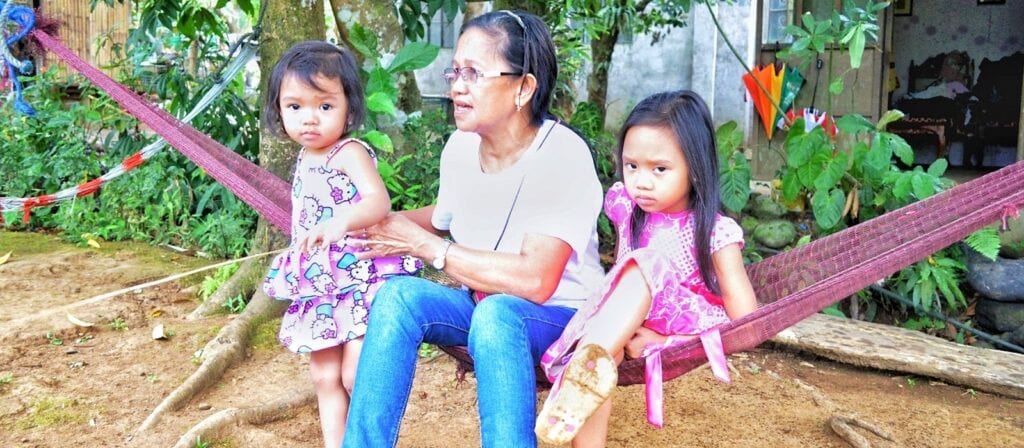This study from the University of Cambridge Institute for Sustainability Leadership (CISL) has, for the first time, analysed how mutual microinsurance, a community-owned model of insurance, contributes to the recovery of low-income households following a natural disaster. The report (published in June 2019), looking at mutual microinsurance through the lens of the United Nations Sustainable Development Goals (SDGs), indicates greater resilience for those households covered by mutual microinsurance than those without.
In many developing and emerging economies, mutual insurers are not recognised legally, hampering their ability to function optimally and to support those most in need of their products. Despite the fact that the mutual insurance sector holds 27% of the global insurance market and that the sector is the fastest growing part of the total market (Global Mutual Market Share 10) there has been very little independent research into the viability of mutual microinsurance as a business model and its value in improving the conditions of individuals, their families and communities.
The report, from the CISL, Mutual microinsurance and the Sustainable Development Goals: An impact assessment after Typhoon Haiyan, assessed the operation of the world’s largest mutual microinsurance provider, CARD Mutual Benefit Association (MBA), which is based in The Philippines, where 500,000 members live in the region affected by the devastating Haiyan Typhoon of 2013.
It analysed the recovery outcomes of 160 households post-typhoon, including those that had mutual microinsurance, and those without. The study found that households covered by life insurance delivered by a mutual microinsurer recovered better after the disaster than those without.
This report also reinforces ICMIF’s belief that legislative system should take an inclusive approach which will allow mutual insurance to flourish side by side commercial insurers. The Phillippines case study demonstrates how this can be achieved and lead to increase in the insurance sectors’ impact on economic development, poverty reduction and disaster recovery for the underserved population.
Case study example
Typhoon Haiyan was one of the strongest tropical cyclones ever recorded with winds of nearly 200mph. Affecting the Philippines, the storm killed more than 6,000 people, made 1.9 million homeless and displaced 6 million.
Paquito Sabido from Barangay Salazar in Tacloban City took part in the study. In 2013, he was knocked unconscious in the typhoon. When he woke his wife and children were gone. After two days he found his children sheltering on the second floor of a building, but his wife had not survived. His wife’s mutual life insurance policy enabled Paquito to recover his business, and access further finance to rebuild their home.
Within the overall findings that household outcomes after the devastation of Typhoon Haiyan were positively affected by the presence of insurance, mutuality was also seen to have specific attributes. Members felt their wellbeing was prioritised through assistance programmes, loan moratoria, and financial advice post-typhoon. Well-established community networks checked on each other’s welfare, distributed emergency aid to members and made the validation and payment of claims more efficient in a very testing environment.
The provider, CARD Mutual Benefit Association (MBA) covers 20 million lives, with 35 per cent of those living below the poverty line. Mutual insurers represent 27 per cent of the global insurance industry and distinguish themselves by being a community-owned model and because it is owned by its members, it requires specific regulatory support to protect low-income vulnerable customers.
Key report findings
- For the first time, operational insurance functions and outcomes have been assigned to the delivery of SDGs targets and aligned with possible insurance related metrics and indicators. We documented that mutual microinsurance, as per CARD MBA, contributes to ten goals;
- The supportive legal and regulatory environment in the Philippines has been crucial for the development of the microinsurance sector over the past two decades.
- The success of CARD MBA mutual microinsurance is intertwined with CARD microfinance operations and community involvement in the following aspects: member ownership, trust building, product development, distribution networks, claims validation, governance, empowerment of women, financial risk management education and solidarity;
- The impact of mutual microinsurance on community recovery after Typhoon Haiyan illustrates the interdependence of insurance, credit and emergency aid.
The report was led by CISL Fellow Dr Ana Gonzalez-Pelaez, with the field survey undertaken by RIMANSI with support from ICMIF.






